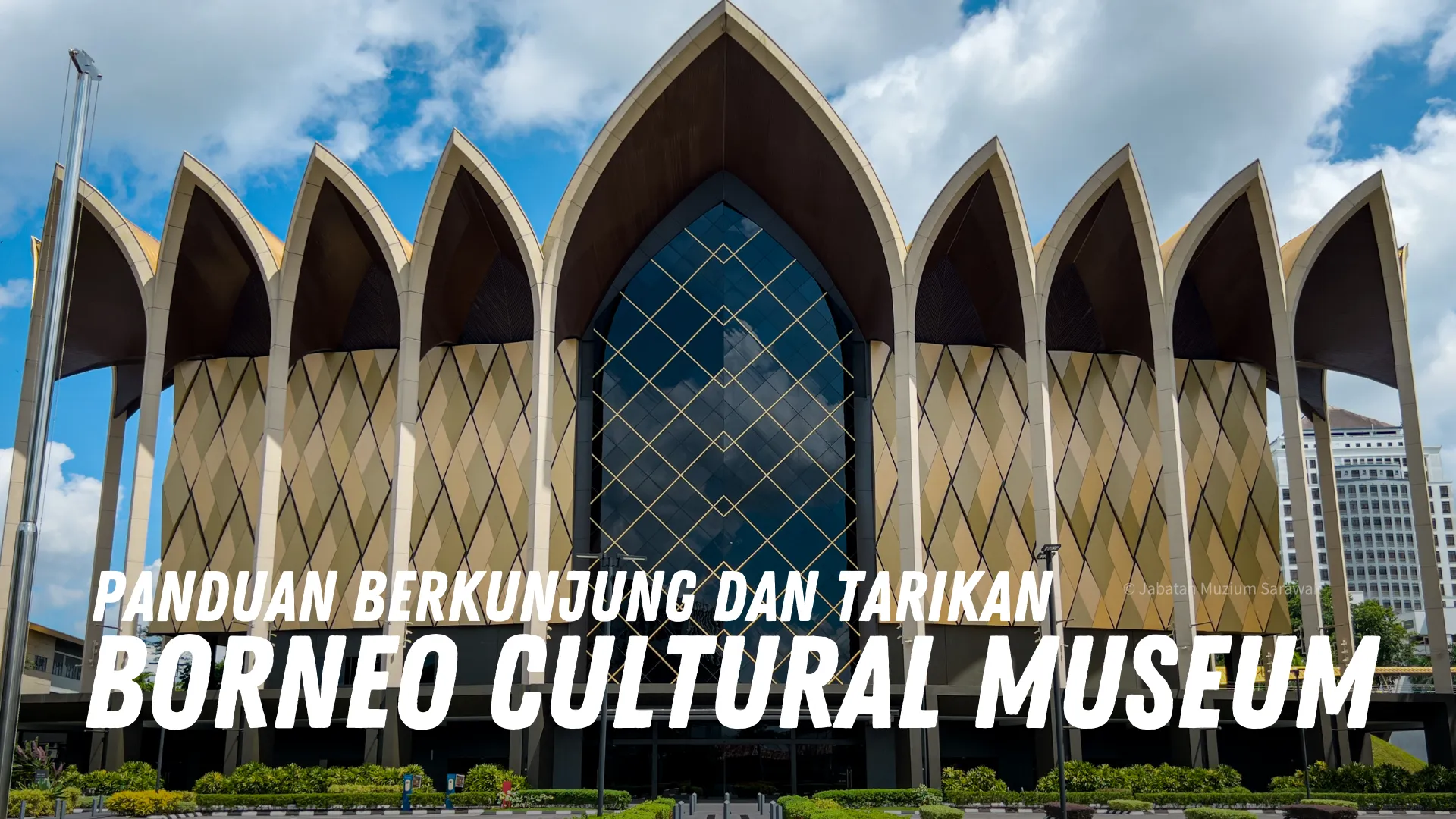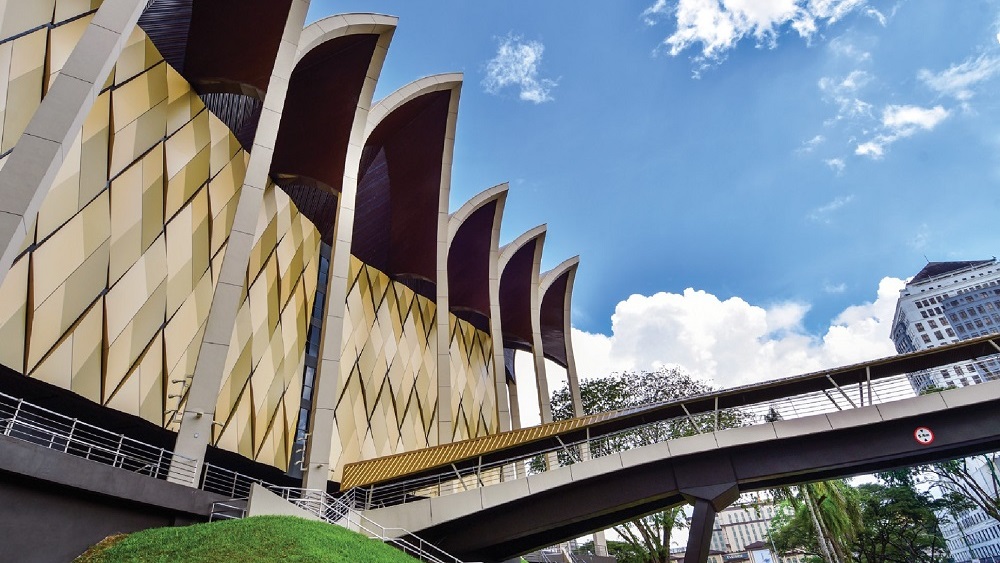Unraveling Practices: Borneo Cultures Museum in Emphasis
Unraveling Practices: Borneo Cultures Museum in Emphasis
Blog Article
Look Into the Remarkable Globe of Borneo's Cultural Heritage: A Comprehensive Overview to the Cultures Museum Experience
Immersing oneself in the elaborate tapestry of Borneo's cultural heritage is comparable to getting started on a trip with time and tradition. The fusion of indigenous people, typical handicrafts, exciting efficiencies, and historical stories housed within the boundaries of the island's museums provides a glimpse right into a globe bursting with profound traditions and vibrant personalizeds. As visitors traverse with these repositories of society, they are bid to explore a realm where past and existing intermingle, inviting reflection on the strength and splendor of Borneo's diverse heritage.
Native Tribes of Borneo
Borneo is home to over 50 indigenous tribes, each with unique cultural methods and customs that have been maintained for generations. Among these tribes are the Iban, recognized for their elaborate tattoos and traditional longhouses where several family members live.
These aboriginal people play a vital role in preserving Borneo's abundant social tapestry. Despite external influences and innovation, lots of people proceed to maintain their custom-mades, languages, and ideas. Visitors to Borneo have the opportunity to immerse themselves in the unique way of lives of these tribes with cultural scenic tours, homestays, and community-based tourist initiatives. By engaging with these native communities, visitors can get a much deeper recognition for the variety and strength of Borneo's native heritage.
Standard Handicrafts and Artefacts

One prominent example of traditional handicrafts in Borneo is the manufacturing of woven goods - Borneo Cultures Museum. Knowledgeable weavers use natural fibers like bamboo, rattan, and pandan entrusts to produce detailed baskets, floor coverings, and accessories adorned with vivid patterns that hold symbolic definitions within the community
The art of woodcarving is another considerable aspect of Borneo's traditional handicrafts. Craftsmens carve elaborate styles into numerous kinds of timber to produce masks, sculptures, and musical instruments that not only serve practical functions yet also hold cultural significance, usually portraying mythology or spiritual ideas.
In Addition, Borneo is renowned for its beadwork, with craftsmens diligently crafting beads from products like glass, seeds, and shells to develop precious jewelry, apparel embellishments, and ornamental products that showcase the region's vivid visual practices. These typical inventions and artifacts not only function as substantial expressions of Borneo's social heritage yet likewise supply understandings into the neighborhoods' beliefs, values, and way of life.

Social Performances and Festivals
With an ingrained connection to their social customs, the communities in Borneo come active via vibrant social performances and events that celebrate their heritage. These events display the rich variety of Borneo's ethnic groups, each offering unique go to website dancings, music, and routines that have been passed down via generations. Among one of the most prominent celebrations is the Gawai Dayak, commemorated by the Dayak individuals to note the rice gathering season. Throughout this event, conventional songs fills up the air, intricate dancings are carried out, and sophisticated traditional outfits are put on. Another substantial event is the Pesta Kaamatan, celebrated by the Kadazandusun neighborhood to provide many thanks for the rice harvest. This festival features social efficiencies, including the Sumazau dancing, and traditional sports like the bamboo dancing. Site visitors to Borneo can immerse themselves in these celebrations, obtaining a deeper understanding of the region's cultural heritage and experiencing the cozy friendliness of Recommended Site its people. Cultural efficiencies and events act as a lively suggestion of Borneo's rich cultural tapestry and the importance of maintaining these traditions for future generations.
Historical Narratives and Artifacts
Checking out the historical narratives and artefacts of Borneo uses a remarkable glimpse right into the area's rich past and cultural evolution. Borneo's historic tapestry is woven with varied influences, showing the communications between indigenous people, Chinese investors, European colonizers, and Malay sultanates. The artifacts discovered in Borneo display this complex history, ranging from typical crafts like that site elaborate beadwork and woodcarvings to historical treasures such as old ceramic and tools.
Among one of the most engaging aspects of Borneo's historic narratives is the preservation of oral traditions gave with generations. These tales provide insights into the ideas, custom-mades, and day-to-days live of Borneo's citizens throughout the centuries. The artifacts uncovered from historical sites use tangible links to these narratives, permitting visitors to witness the product culture of previous societies firsthand.
Contemporary Cultural Conservation Initiatives

Furthermore, curricula and social exchange activities play a vital function in raising awareness concerning the value of maintaining Borneo's special cultural heritage. By involving institutions, museums, and the broader area in discussions and tasks that celebrate Borneo's varied societies, conservation efforts can obtain momentum and assistance for long-term sustainability. Cooperations between governmental bodies, non-profit companies, and local neighborhoods are crucial in driving these conservation endeavors ahead, guaranteeing that Borneo's rich cultural heritage stays vibrant and valued for generations to come.
Verdict
To conclude, the cultural heritage of Borneo is varied and rich, with native tribes, typical handicrafts, social performances, events, historic stories, and contemporary preservation efforts all adding to its uniqueness and importance. Site visitors to Borneo's social museums can gain a deeper understanding and appreciation of the region's social heritage, enabling a much more immersive and informing experience.
Immersing oneself in the intricate tapestry of Borneo's cultural heritage is comparable to embarking on a voyage via time and custom.With an ingrained connection to their cultural customs, the areas in Borneo come to life via dynamic cultural efficiencies and events that celebrate their heritage. Cultural efficiencies and celebrations offer as a vivid pointer of Borneo's abundant social tapestry and the importance of preserving these traditions for future generations.
Additionally, educational programs and social exchange tasks play a vital function in raising awareness regarding the value of maintaining Borneo's one-of-a-kind cultural heritage. Partnerships in between governmental bodies, charitable organizations, and local communities are vital in driving these preservation undertakings onward, ensuring that Borneo's rich cultural heritage stays lively and valued for generations to come.
Report this page